-

Must Characters Change? How Much?
Theorists have been interested for a long while in the question: What makes a story? Aristotle noticed in The Poetics that a plot must allow for a significant change in the fortune of a main character. But you’ve surely read stories in which characters don’t seem to change at all. Perhaps that’s why you’re here,…
-
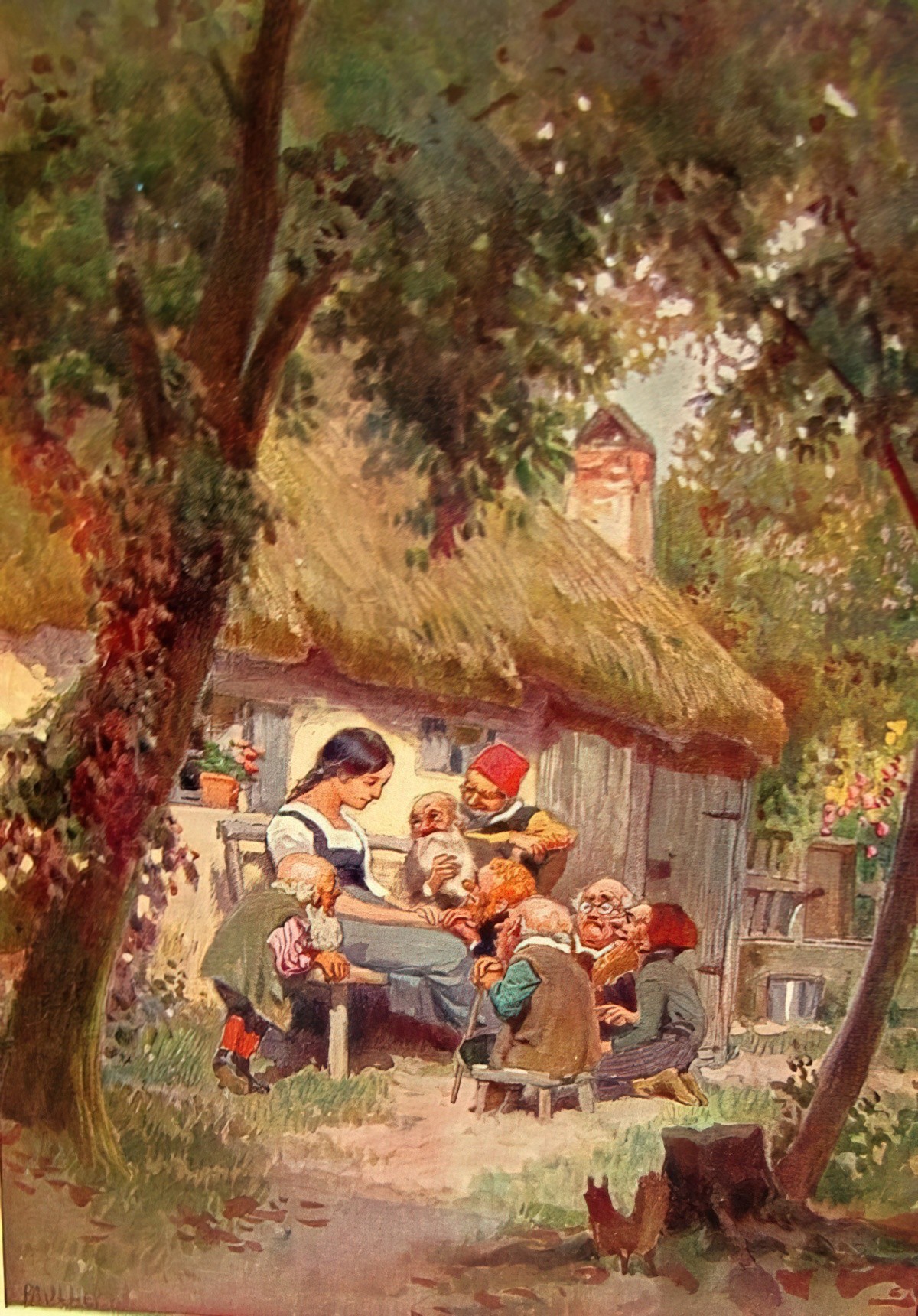
Snow White Fairy Tale History and Storytelling
I’m sure any visitor to this blog has at least one version of Snow White on their childhood bookshelf. Which version did you have? When you think of Snow White, perhaps you think fondly of the Disney film, or perhaps, like me, you grew up with ‘Read It Yourself’ versions, as well as coming across…
-
Picturebook Study: Grey
Gray, the color we attach to characterless people, often suggests bleakness, lack of intensity, a cool detachment. The oppressively predominating gray of the stone walls surrounding Snow White’s mother in Burkert’s picture of her demands our detachment from her but also contrasts with the vibrantly colored patterns we see surrounding her as we look through…
-
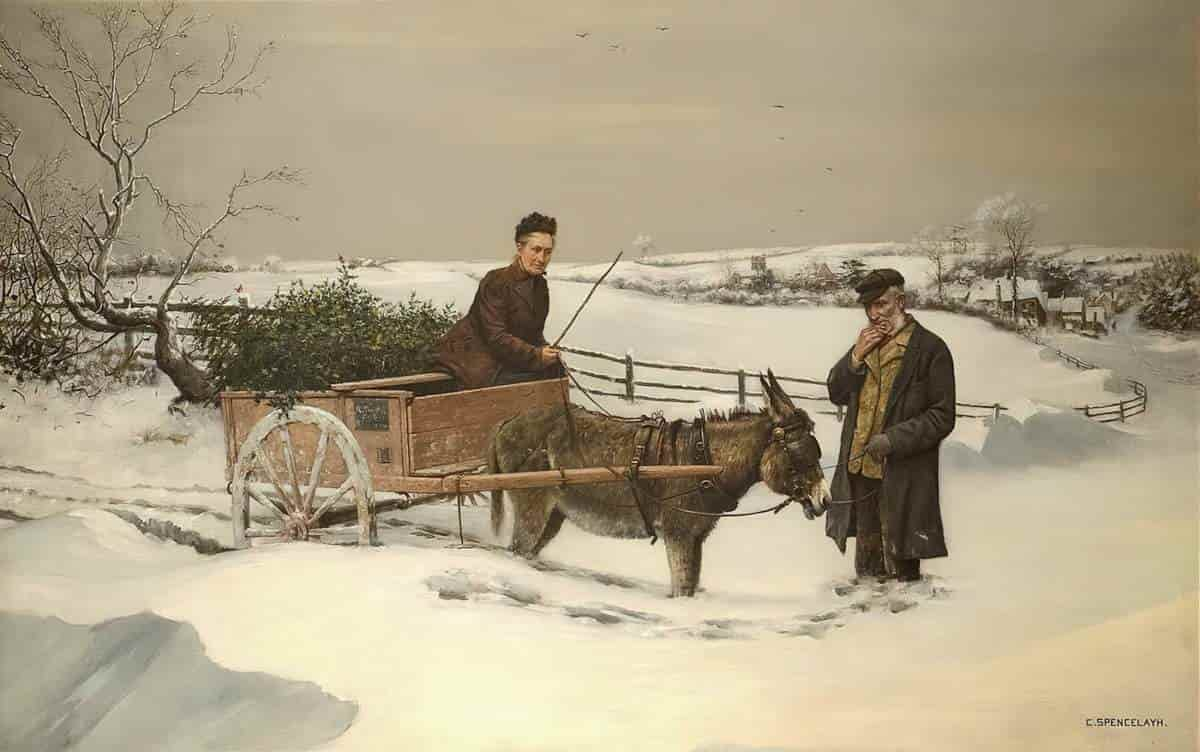
Christmas Is A Sad Season For The Poor by John Cheever Analysis
At first, “Christmas Is A Sad Season For The Poor” reads like a comical tale but this is a Cheever story, so expect a sombre turn before the end. WHAT HAPPENS IN CHRISTMAS IS A SAD SEASON FOR THE POOR An elevator operator complains of how lonely he is to all who enter his realm.…
-

Home Away Home Story Structure
Philip Richard Morris – Home, Sweet Home
-
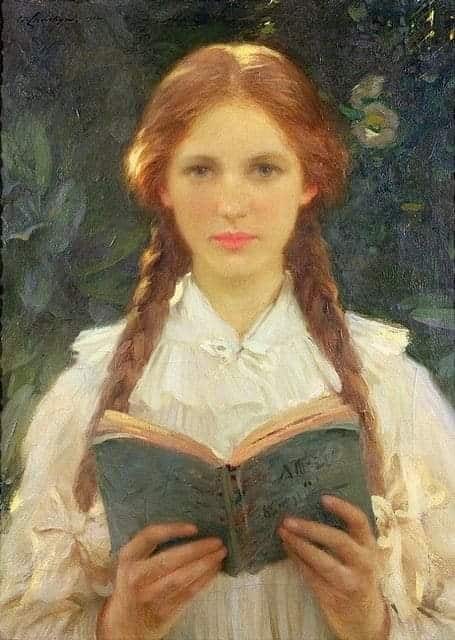
How Many Words Is A Modern Children’s Book?
PICTURE BOOK WORD COUNTS The new digital era may welcome variations in time, but for now the ‘correct’ word count is 400 and the ‘correct’ number of pages is 32. The ‘correct’ target age-range for a picture book is under three, three to six, or six to nine. You can tell a great story with [fewer] than 500…
-
Clancy in the Tower of Babel by John Cheever Analysis
In “Clancy in the Tower of Babel” (1953), Cheever dealt with homosexuality overtly for the first time. But his treatment is stereotypical; he portrays his homosexual characters as effeminate, hysterical, and tortured. glbtq It’s difficult to read the stories of John Cheever without taking what you know of the author’s life as a palimpsest for…
-
Common Characteristics Of Best-selling Children’s Books
As outlined by Nodelman and Reimer in The Pleasures of Children’s Literature, here are the common-characteristics of best-selling modern children’s books. They are written and sold as part of a series. They have a simple and straightforward writing style. Central characters are enough like their intended audience for readers to relate to and identify with…
-
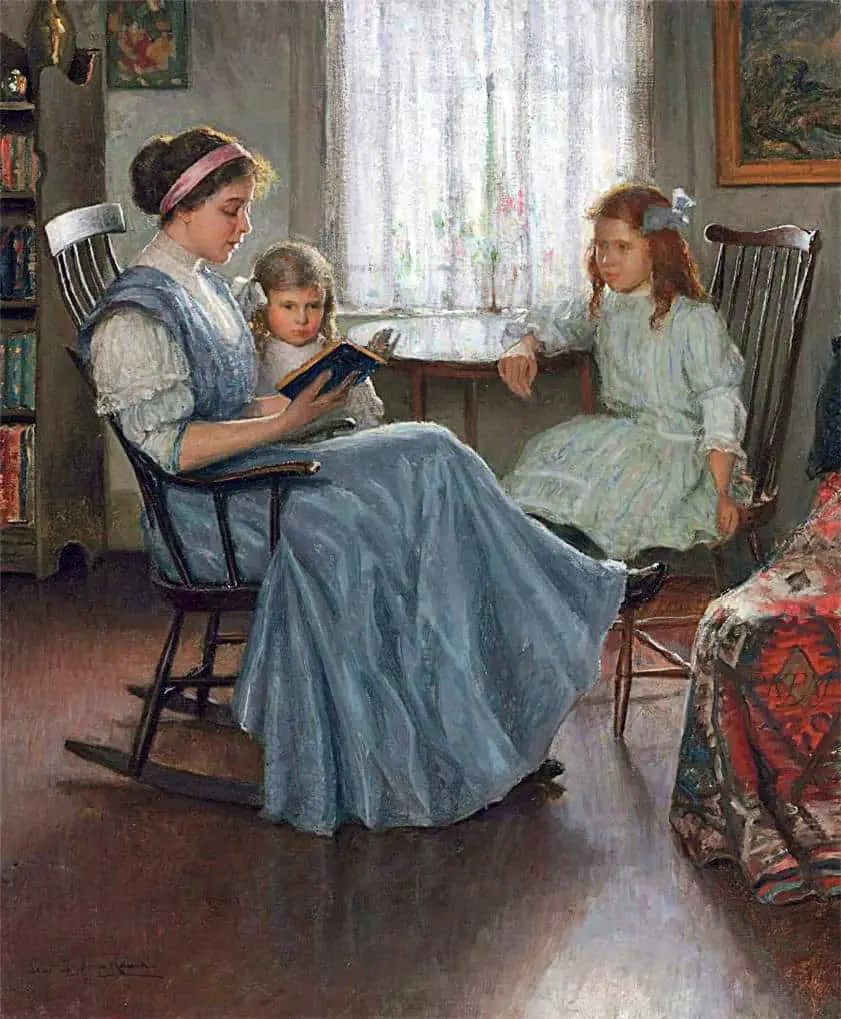
The difference between story and plot
Story is the chronological order readers discover when they ask “what happened next”? Plot is the order readers experience when they pay attention to what happens next as they read. Plotting is what storytellers do when making decisions about how to unravel their story. Storytellers don’t tell the entire story. They pull out the…
-
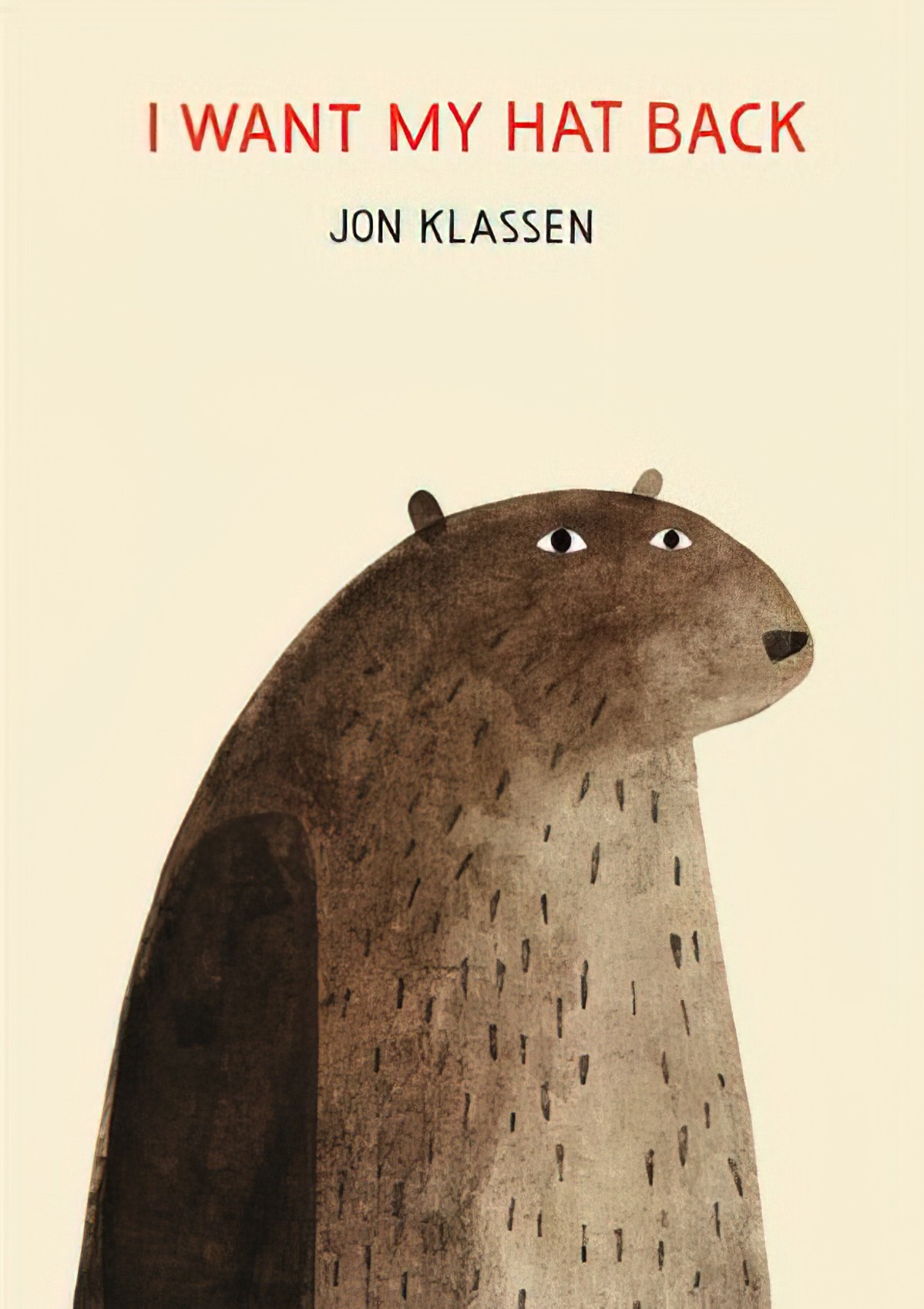
I Want My Hat Back by Jon Klassen Analysis
I Want My Hat Back (2011) is one of a trilogy of books written and illustrated by Jon Klassen. The plots are not linked and the characters are different. But they all feature hats. The other two are This Is Not My Hat and We Found A Hat. Holly Storck-Post at SLJ recommends these Jon…
-
The Pot Of Gold by John Cheever Analysis
John Cheever isn’t exactly well-known for his ability to get inside women’s heads and depict the other half of humanity as fully human. If he wrote a story with a rounded female protagonist, I’m yet to read it. In “The Pot Of Gold”, at least, the main male character has something to learn from his wife. This…
-
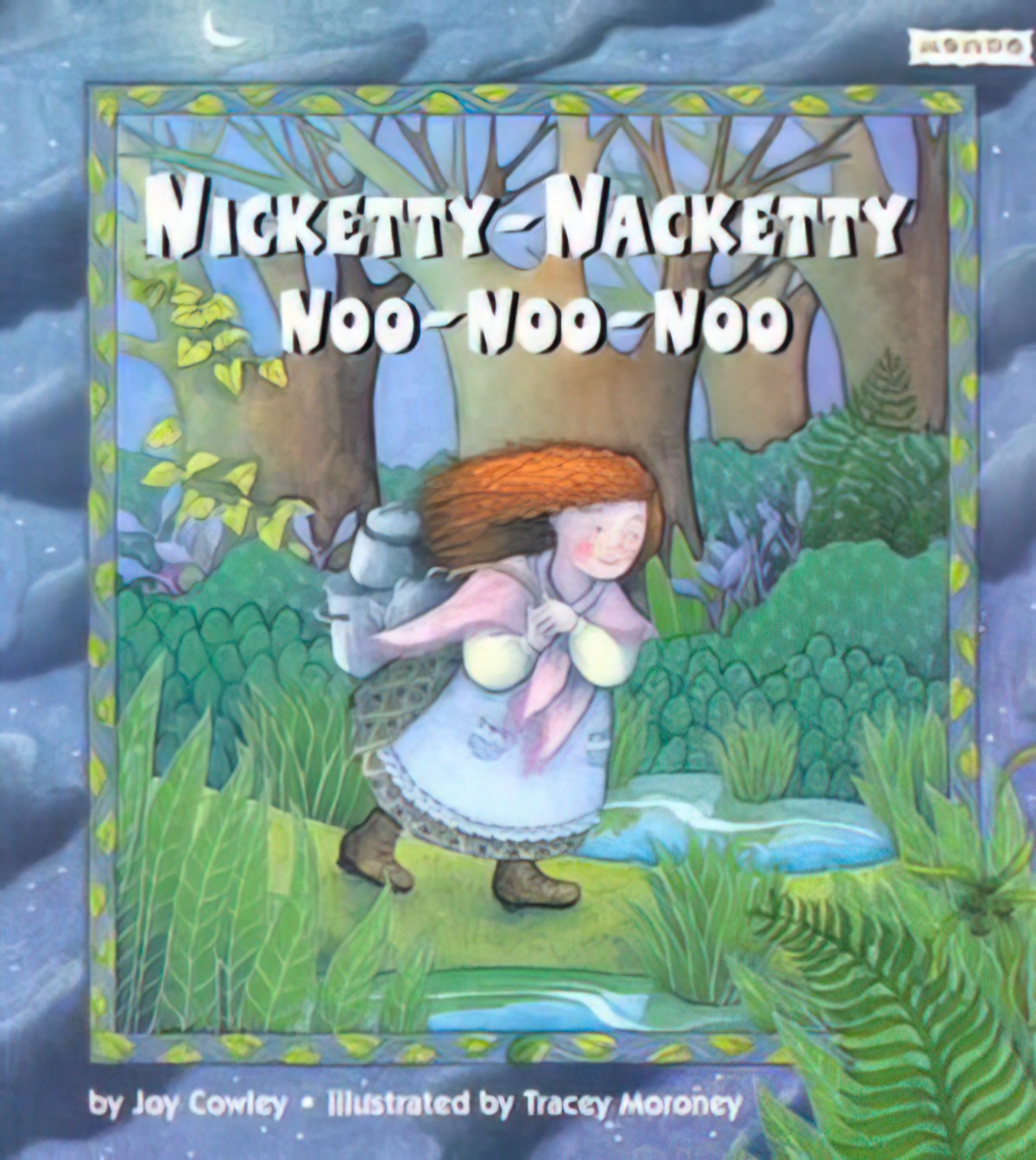
Nicketty Nacketty Noo Noo Noo by Joy Cowley and Tracey Moroney Analysis
Nicketty Nacketty Noo Noo Noo (1998) is a picture book with strong Scottish influence, written by Joy Cowley — one of New Zealand’s big name children’s authors.
-
The Sutton Place Story by John Cheever Analysis
WHAT HAPPENS IN “THE SUTTON PLACE” As outlined by The New Yorker, which delivers its own plot spoiler for “The Sutton Place” by John Cheever: A little girl gets lost through the carelessness of her nurse who leaves the child with a friend of the family’s while she goes to church. The parents are frantic and…
-
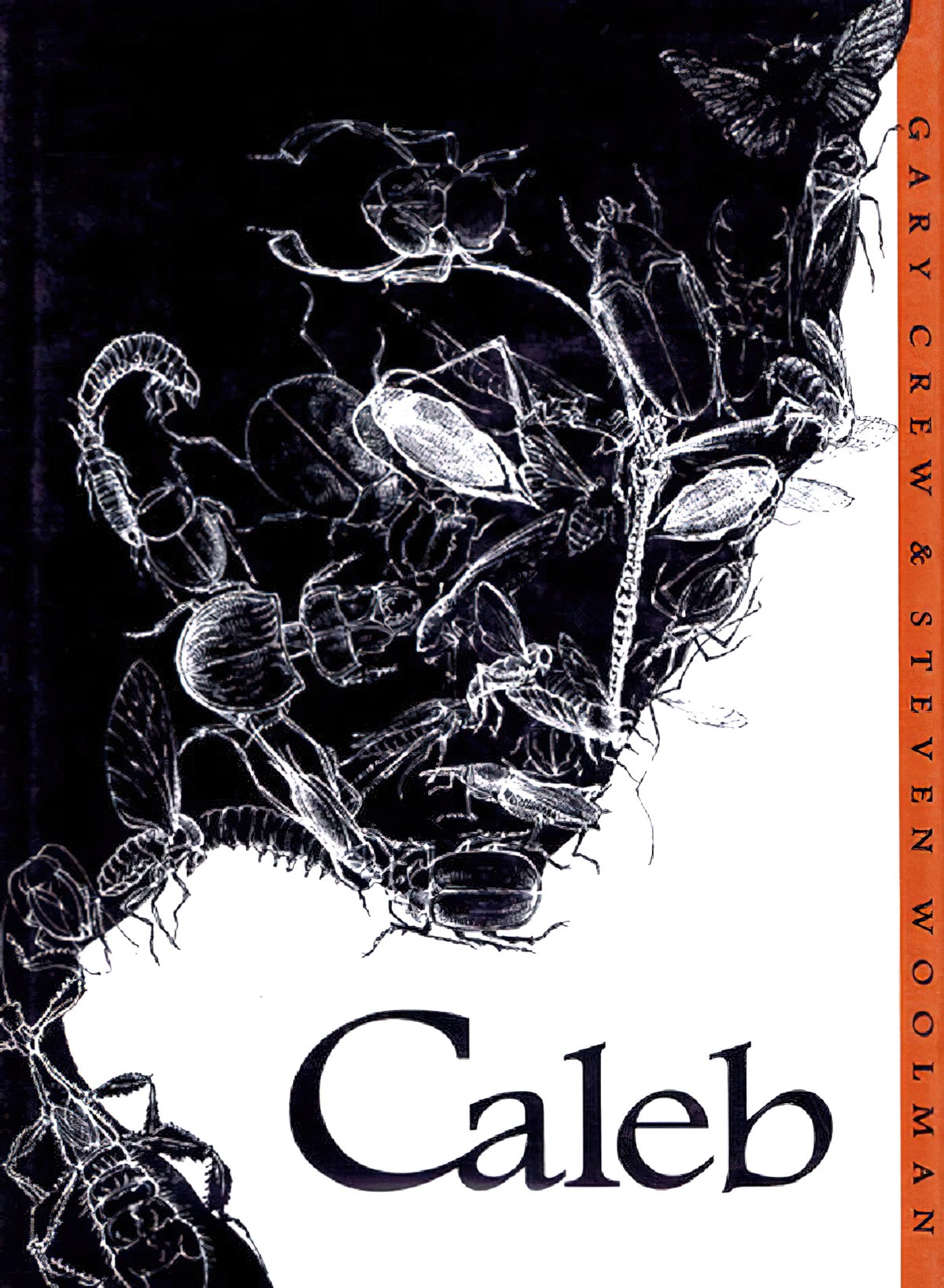
Caleb by Gary Crew and Steven Woolman Analysis
Caleb (1996) by Gary Crew and Steven Woolman is less picturebook (compound word), more ‘illustrated short story’ in typical picture book binding. In other words, the story could exist in its own right. The illustrations expand the story, sure, but unlike typical picture books for younger readers the words still make sense on their own.…
-
O City Of Broken Dreams by John Cheever Analysis
In “O City Of Broken Dreams” by John Cheever a stupidly optimistic Evarts Molloy writes the first act of a play then uproots his family and takes them to New York on thirty-five dollars, which to him seems like a huge sum. Everything in New York seems to glitter. The reader — more worldly than…